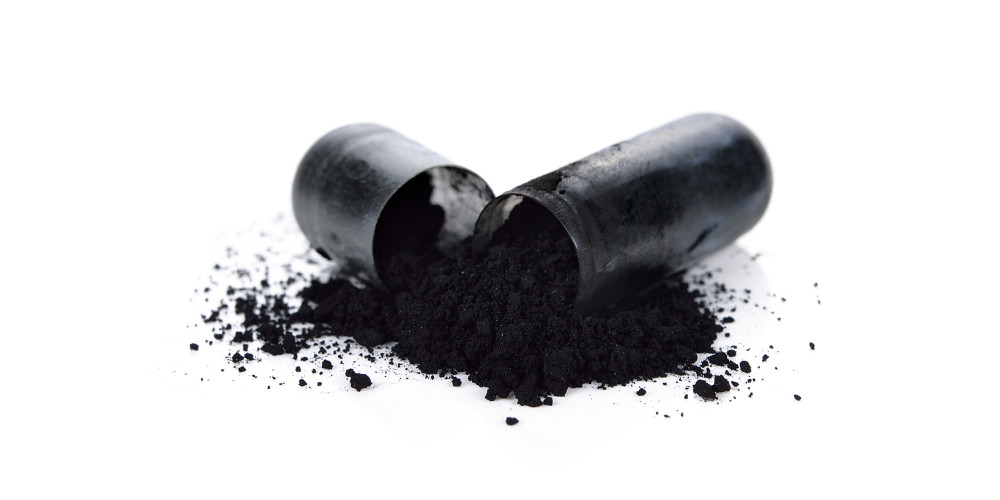How Are the Slippery Engineering Ceramic Materials Refined?
Structural ceramics are widely used in various conditions due to their high hardness, strength, stiffness, low density, excellent chemical stability, and excellent mechanical properties at high temperature, and they have become one of the best wear-resistant components.
However, under the condition of dry friction, the friction factor and wear rate are higher when ceramic materials are paired with ceramic or metal. Research shows that the friction factor is generally between 0.7 and 0.9, and it is easy to fail due to severe wear. Therefore, the realization of effective lubrication or self-lubrication of ceramic materials is of great significance for extending its engineering application.
Traditional ceramic lubrication technology and self-lubrication
At present, the common structure ceramics used in engineering are mainly lubricated by liquid, grease, and lubricant. However, these traditional lubrication methods have many shortcomings. For example, the additives in lubricants do not interact with the ceramic surface and thus do not form a boundary film that can fully contact; the viscosity of existing lubricants decreases exponentially with the increase of temperature, resulting in direct contact with micro convex bodies; the property attenuation of liquid lubricant occurs easily at high temperature; the use of lubricant will cause certain pollution to the environment.
![]()
The study of self-lubricating ceramics provides an important and effective way to solve the problem of high friction factor and wear rate of ceramic materials.
The way of realizing the self-lubricating function of ceramic materials
At present, ceramic self-lubricating materials can be realized in three ways.
1. The base of a single material is self-lubricating
Some ceramic materials themselves (self-matching pair) can produce self-lubrication phenomenon under certain conditions. Generally, the reason is that the tribological reaction occurs or the self-lubricating performance is realized under the auxiliary action of the external lubricating medium.
For example, alumina ceramics are widely used as wear-resistant materials and many research results on its high-temperature tribological properties have been published. The research results show that at 1000 ℃, alumina decreased since the pairing in the process of friction wear, friction occurs on the surface of the dynamic recrystallization and formed a fine grain structure. In addition, it is found that the formation of glassy material, fine crystal structure, and glassy material reduces the roughness of the friction contact interface and improves the tribological properties.
![]()
2. The organic reaction generates lubricating substances under certain conditions
Some self-lubricating materials make use of the materials' additives to react with each other under certain conditions or react with oxygen in the air to form substances with lubricating function, and drag the film on the friction surface to achieve the purpose of lubrication. The materials obtained by this method can avoid the adverse effect of adding solid lubricant on the mechanical properties of the materials. The lubrication film can only be produced through the friction chemical reaction under the high temperature of the material surface, so this self-lubricating ceramic material has good self-lubricating ability under the high-temperature friction.
3. The solid lubricant is directly added to the material matrix
At present, the self-lubricating function of most self-lubricating materials is realized by adding a certain number of solid lubricants to the material matrix, which is also the hotspot of current researches.
* Common solid lubricants
Common solid lubricants include graphite, HBN, molybdenum disulfide (MoS2), graphite fluoride, calcium fluoride (CaF2), etc. Among them, HBN has better high-temperature stability and lubrication performance. Although MoS2, graphite, and HBN have similar layered structures, under the action of friction, the crystals of the first two are easy to break, and the fine crystal particles are easy to undergo the chemical reaction with surrounding gases and thus deteriorate, resulting in poor lubrication performance. HBN has high hardness and is not easily broken in the friction process, while white HBN lubrication materials will not cause pollution similar to graphite.

* Study on self-lubrication characteristics of silicon nitride ceramics
Silicon nitride ceramics have low friction factor and excellent self-lubrication ability, and the friction factor is between 0.02 and 0.35. The thermal expansion coefficient of the material is small, which is similar to silicon carbide (SiC), zirconium, and mullite. Silicon nitride ceramics with good thermal conductivity and seismic resistance is a good heat - resistant ceramics.
* Study on self-lubrication characteristics of zirconia ceramics
Zirconia ceramics have the best thermal stability and heat insulation performance at high temperature, and are suitable for ceramic coating and wear resistant materials at high temperature. But the drawback is that the friction factor is too high, which limits its application. With the deepening of research on zirconia ceramic materials, the tribological research is particularly necessary. Through the research on zirconia ceramic materials with the solid lubricant, it becomes possible to apply it as high-temperature friction materials.









